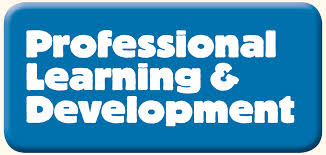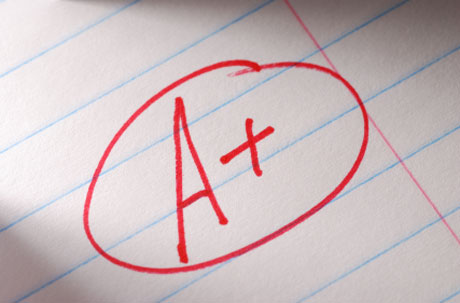Professional Learning
John Hattie – Hattie’s research tells us the most important factor in student learning, within the school, is the teacher. It is not, among others, funding, school buildings, ICT or how good your camps program is. While all of these are valuable it is teacher quality in the classroom that has the biggest impact.
Dylan Wiliam believes “every teacher needs to get better”, not just those that are seen as struggling but every teacher. Taught for one year? Taught for 25 years? The teaching landscape is constantly changing and we must change with it demonstrating the attributes we seek in our students as learners.
AITSL – The crucial role of the teacher – ‘The greatest resource in Australian schools is our teachers. They account for the vast majority of expenditure in school education and have the greatest impact on student learning, far outweighing the impact of any other education program or policy’.
Below are some examples of types of professional learning. This list is not exhaustive but does provide a variety of types of professional learning:
- Conferences
- Workshops
- Face to face professional learning communities
- Online professional learning communities
- Professional reading (education publications)
- Professional reading (online including blogs, Twitter, education publications)
- Classroom observations (peer to peer)
- Student feedback
- Visit another school
Professional learning should not be seen as “the extra thing we need to do” or “the 60 hours we need to keep our registration”. It should be seen as a part of our job that is central to our role as educators.
Classroom Observations and Student Feedback
Classroom observations and student feedback provide a different lens for us to view our teaching by. In a supportive and committed environment were all staff help each other to develop their practice this lens can be a valuable learning tool.
For example, without the help of an observer or student feedback we may never identify that:
- we don’t use small group work effectively
- we only ever use direct instruction
- we talk too much and do not allow for student input during class
- we heavily weight our questions to the boys and forget the girls
- we only ever use closed questions
- we only ever call on the loudest children at the front of the class
- we rarely give students options and choice
- we provide little formative feedback
- we never ask our students to use higher order thinking skills
- we forget to find out what students already know
- we need help developing relationships in our class
- we do not challenge our students regularly enough
- we only ever use one method with students to communicate their learning i.e. essay writing
Below is an example timeline of undertaking observations and collecting student feedback.
- Term 2 2015
- Student feedback – TfEL Compass survey tool. Domain 2 Create safe conditions for rigorous learning.
- Classroom observation week 7 Focus – questioning
- Classroom observation week 8 Focus – questioning
- Classroom observation week 9 Focus – questioning
- Term 3 2015
- Student feedback – TfEL Compass survey tool. Domain 3 Develop expert learners.
- Term 4 2015
- Student feedback – TfEL Compass survey tool. Domain 4 Personalise and connect learning.
While undertaking this plan during terms 2-4 constant consideration must be given to changes that can improve your teaching.
The PBAS Classroom Observation Process
The Foundation Document
This document should be an integral part of the observational process. It allows teachers to see what is considered quality teaching. The document should be used as a starting point for professional discussions and classroom observations and can be found in your white PD folders.
Peer observers
Observers should be people who are respected and trusted by their colleagues.
Pre observation meeting
The observer and the teacher need to agree and be clear to what the observation is about. This needs to be specific and easily definable. Consideration needs to be given to where this fits with TfEL, the Australian Professional Standards and School Priorities.
Observe the lesson and the learners
What are the students doing, writing and saying? There should be no hidden agendas. The focus of the observation should be about improving student learning and not ranking/grading the teacher. A new observation tool will be implemented in 2015 based around TFEL but with the flexibility for the teacher to focus on what is most relevant to them at that point in time. This proforma can be accessed by clicking here.
Follow up meeting
Both parties will meet after the observation preferably within 48 hours and discuss professional development ideas. Initially the meeting needs to provide specific feedback based on the original goals set prior to the observation. After this questions like, “How can I use the feedback to improve future lessons?”, “Where to now?”, “How will I get there?” and “When will my next observation occur?” are important to consider in terms of improving teacher quality. There are a number of reflective questions on the back of the 2015 observation proforma we discussed in our week 1 staff meeting.























